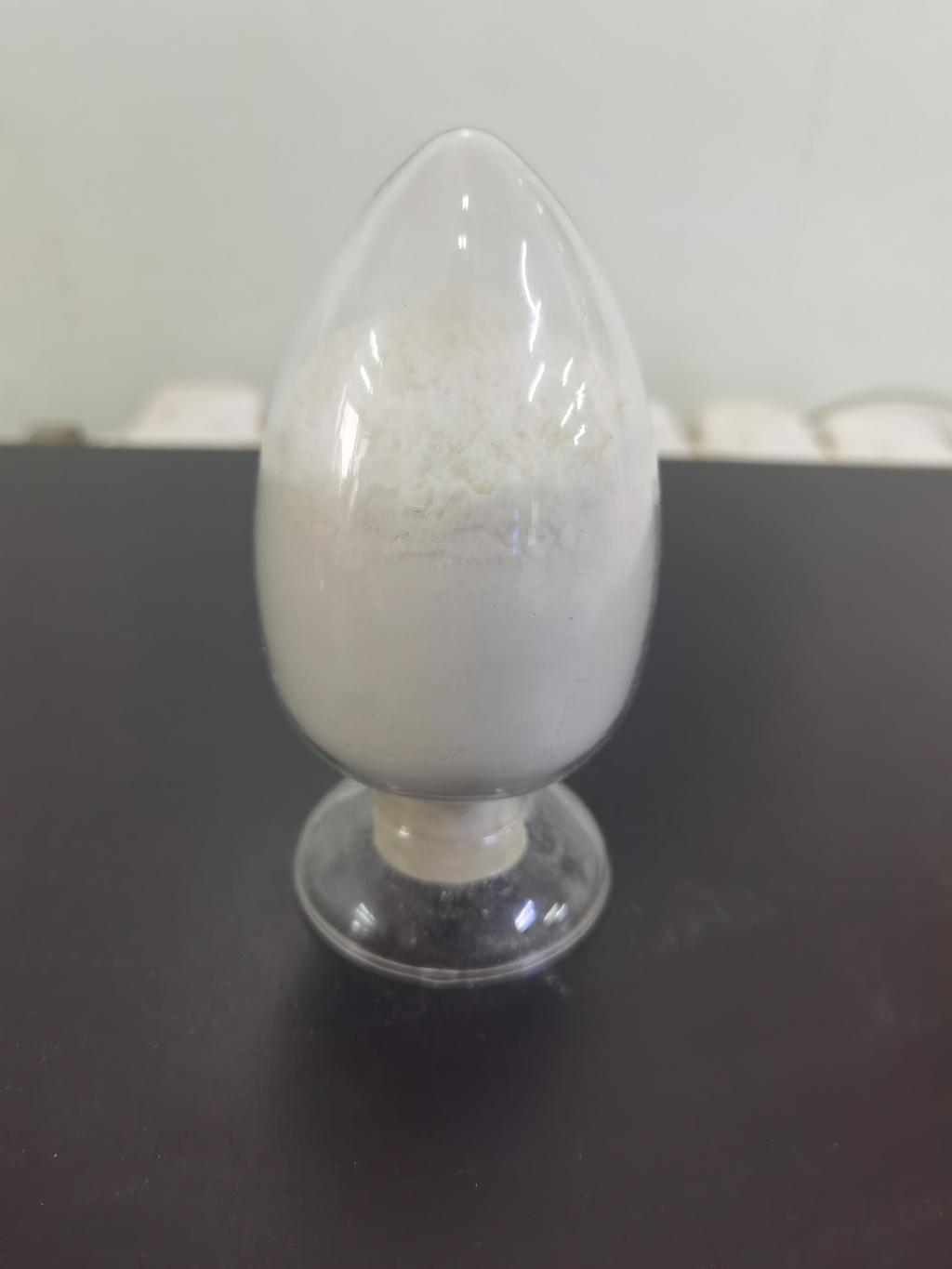Tel:0086 18231198596

News
Current Position:
Home >
News
>Assessing the cytotoxicity and biocompatibility of ε-Polylysine hydrochloride.
Assessing the cytotoxicity and biocompatibility of ε-Polylysine hydrochloride.
TIME:2024-04-23
Cytotoxicity Assessment:
Cytotoxicity assessment is essential to determine the impact of ε-PL on cellular viability and function. In vitro studies using cell culture models have demonstrated that ε-PL exhibits low cytotoxicity towards a range of cell types, including fibroblasts, endothelial cells, and epithelial cells. Cell viability assays, such as MTT and alamarBlue assays, have consistently shown high cell viability in the presence of ε-PL at various concentrations. Moreover, studies investigating cell morphology, proliferation, and metabolic activity have further supported the biocompatibility of ε-PL.
Biocompatibility Evaluation:
Biocompatibility evaluation involves assessing the response of living organisms to ε-PL, including inflammatory reactions, tissue integration, and immune responses. In vivo studies using animal models have shown favorable biocompatibility profiles for ε-PL-based biomaterials. Implantation studies have revealed minimal acute and chronic inflammatory responses, with good tissue integration and minimal foreign body reactions observed. Furthermore, histological analysis has demonstrated the absence of significant adverse effects on surrounding tissues and organs.
Mechanisms of Biocompatibility:
The biocompatibility of ε-PL can be attributed to its unique molecular structure and physicochemical properties. As a naturally occurring polypeptide, ε-PL is biodegradable and metabolizable, minimizing the risk of long-term accumulation and toxicity. Additionally, ε-PL exhibits antimicrobial activity against a wide range of pathogens, which may contribute to reducing the risk of infection at the site of application. Furthermore, ε-PL's cationic nature facilitates interactions with biological membranes and proteins, enabling cell adhesion, migration, and tissue regeneration processes.
Future Research Directions:
Despite the promising findings regarding the cytotoxicity and biocompatibility of ε-PL, several areas warrant further investigation to fully understand its safety profile and optimize its medical applications. Future research should focus on elucidating the mechanisms underlying ε-PL's interactions with cells and tissues, including its effects on gene expression, signaling pathways, and immune modulation. Moreover, long-term studies assessing the biodegradation kinetics and tissue remodeling processes of ε-PL-based biomaterials are needed to evaluate their stability and durability in vivo.
Conclusion:
In conclusion, ε-Polylysine hydrochloride (ε-PL) holds significant potential as a biomaterial for various medical applications, owing to its antimicrobial activity, biodegradability, and biocompatibility. Current evidence from in vitro and in vivo studies suggests that ε-PL exhibits low cytotoxicity and favorable biocompatibility profiles, supporting its safety and efficacy for medical use. However, further research is needed to elucidate the underlying mechanisms of ε-PL's biocompatibility and optimize its formulation and delivery strategies for specific clinical applications. With continued investigation and innovation, ε-PL-based biomaterials have the potential to contribute to advancements in medical treatments and enhance patient care.

 CONTACT
CONTACT




